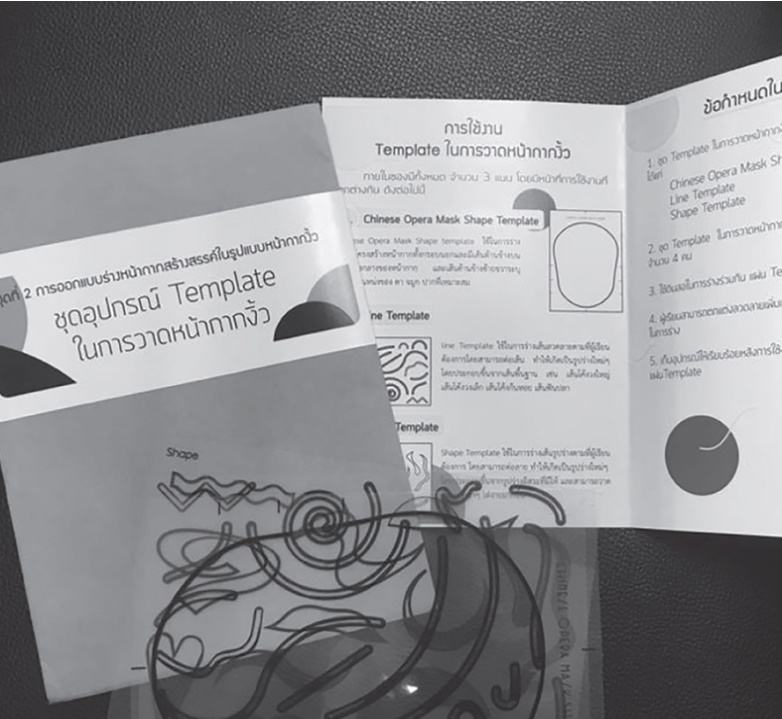The Design of an Applied Art Activity Package for Developing Skills in Using Visual Elements for Junior High School Students
DOI:
https://doi.org/10.69598/sbjfa189369Keywords:
Activity Package, Applied Art, Skills, Using Visual ElementsAbstract
The purpose of this research was (1) to develop an applied art activity package for developing skills in using visual elements (2) to study the effects of using an applied art activity package for developing skills in using visual elements for junior high school students. 2.1 The Achievement scores 2.2 The skills of using visual elements. 2.3 Student satisfaction towards learning with activity sets. This research has 2 sets of activities. Set 1 includes visual elements and designing on opera masks. Set 2 focuses on sketch designing of the applied opera masks. The researcher created 2 sets of applied art activities and brought to 3 experts, evaluating both sets of activities. The result is a quality activity set. The sets of activities Can be used to study the effect of using this activity set. This research is a pre-experimental design. By implementing a one-group pretest-posttest design by selecting a Cluster sampling. The experimental group was 17 Mathayomsuksa 2 students from Chulalongkorn University Demonstration Secondary School, who studied in visual art subjects. The research found that the students’ post-learning achievement was higher than before, learning at a statistical significance level of .05. In the skills of using visual elements, There was a development of post-learning skills higher than before learning at a statistical significance of .05 and student satisfaction towards learning with activity sets, the level of satisfaction was high.
Downloads

Published
How to Cite
Issue
Section
License
The journal's editorial team does not have to agree with the views and comments in the author's article, nor are they responsible for the comments.











